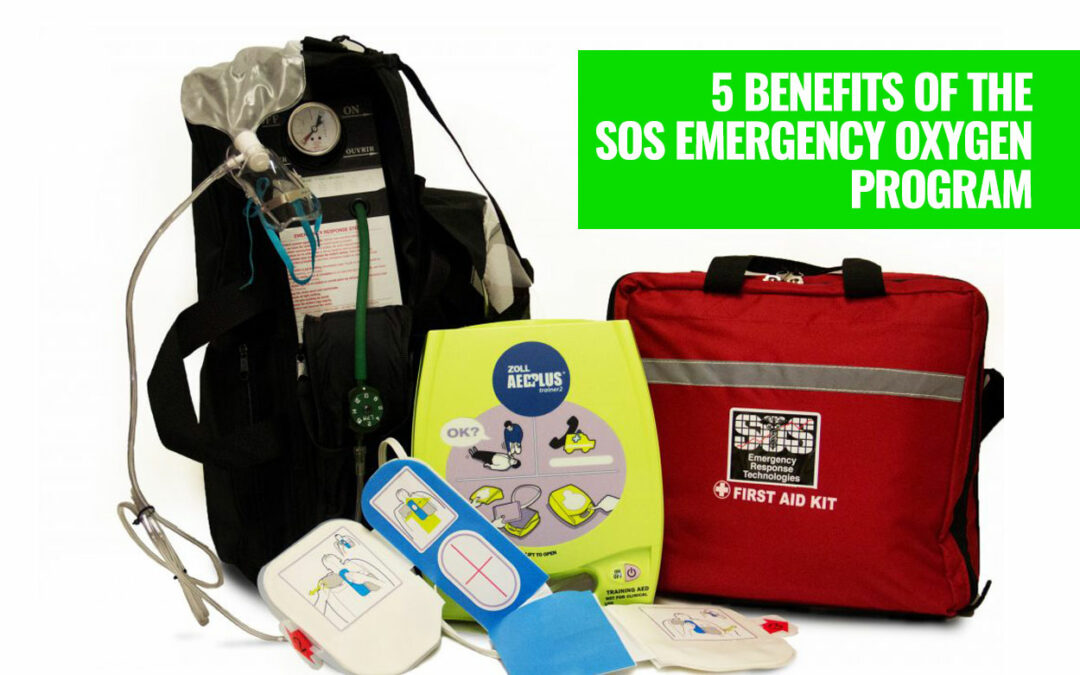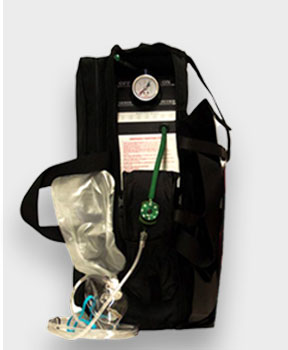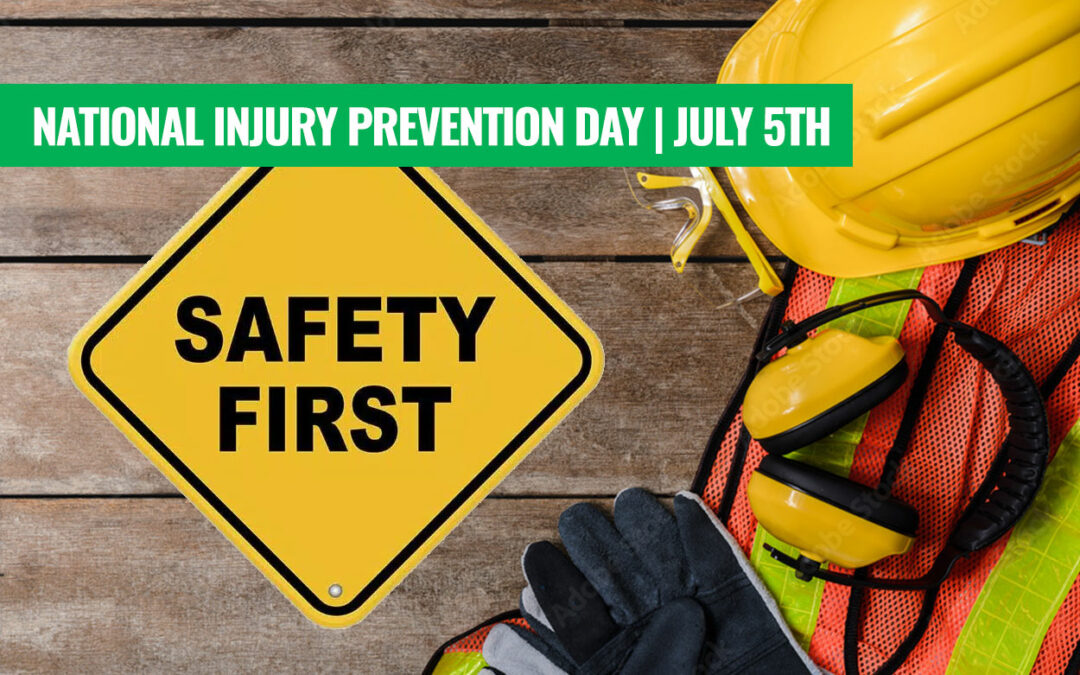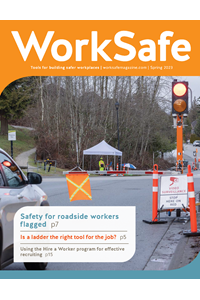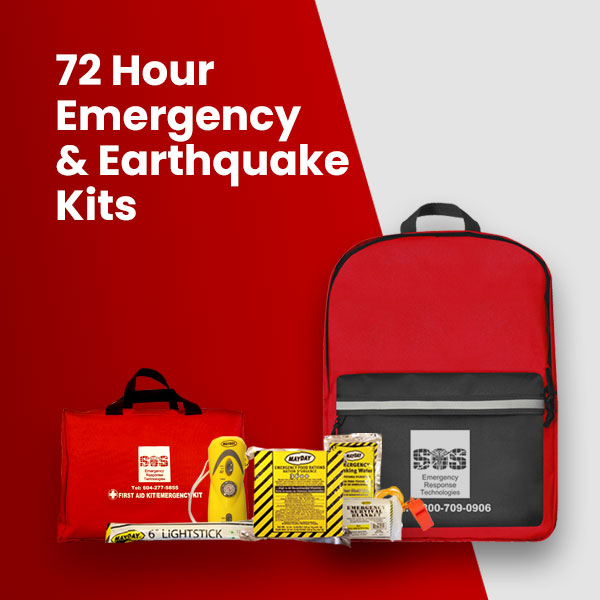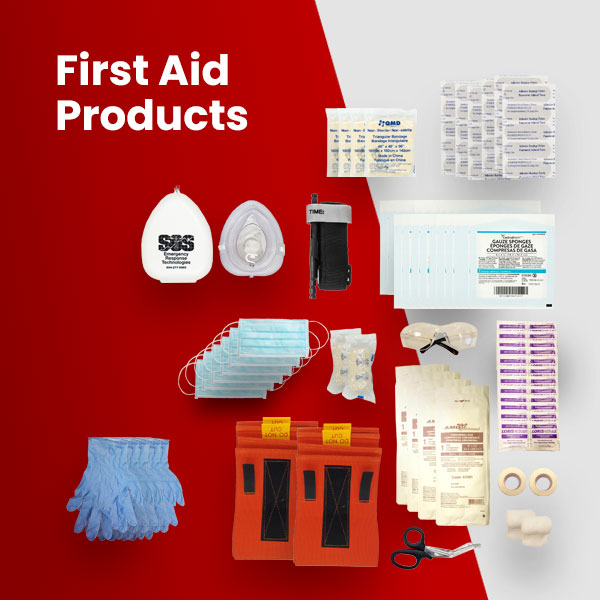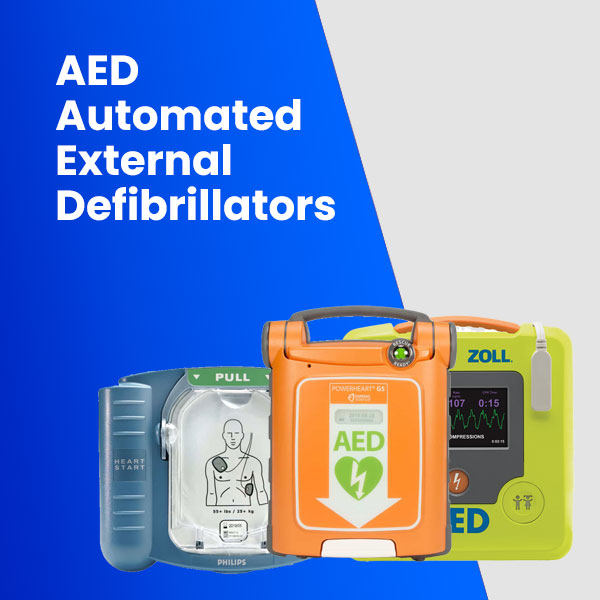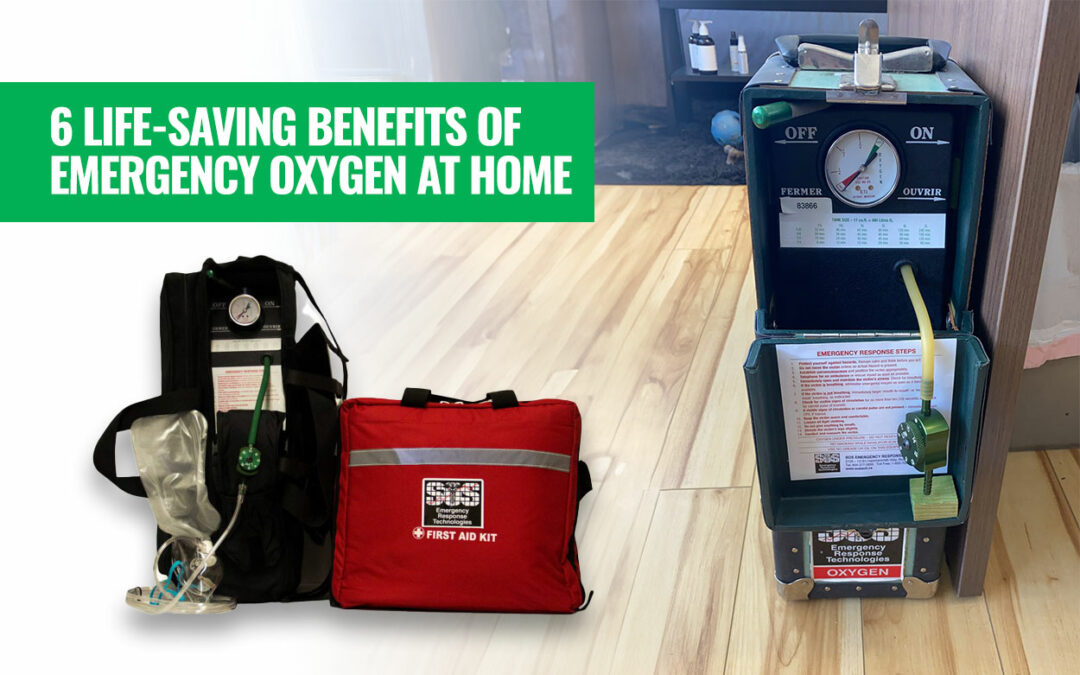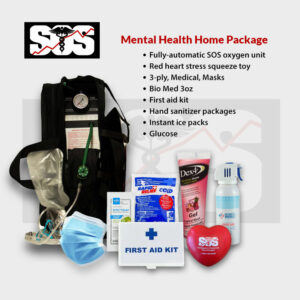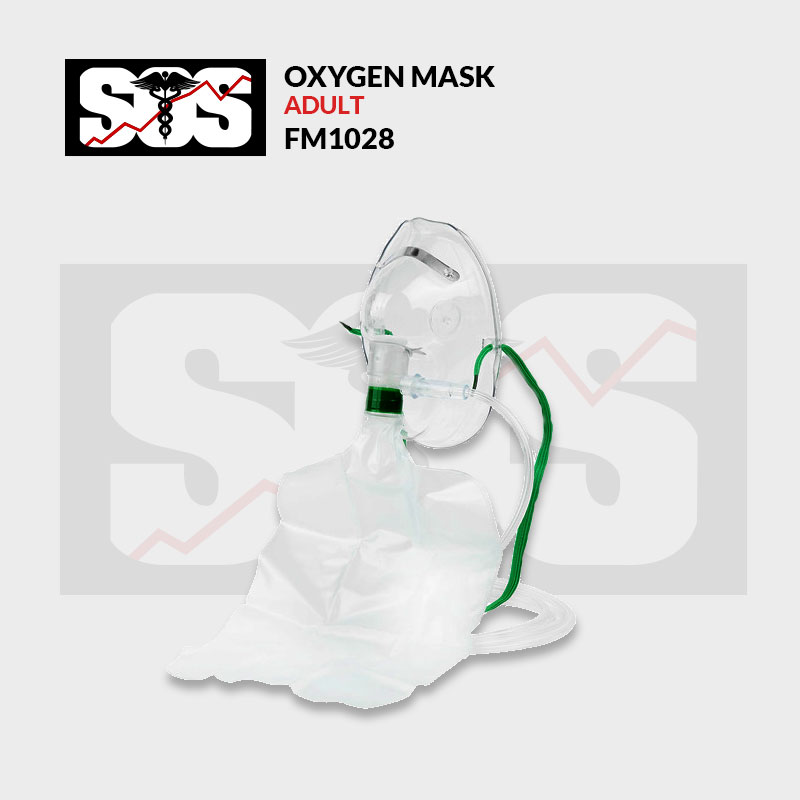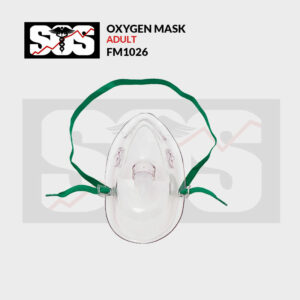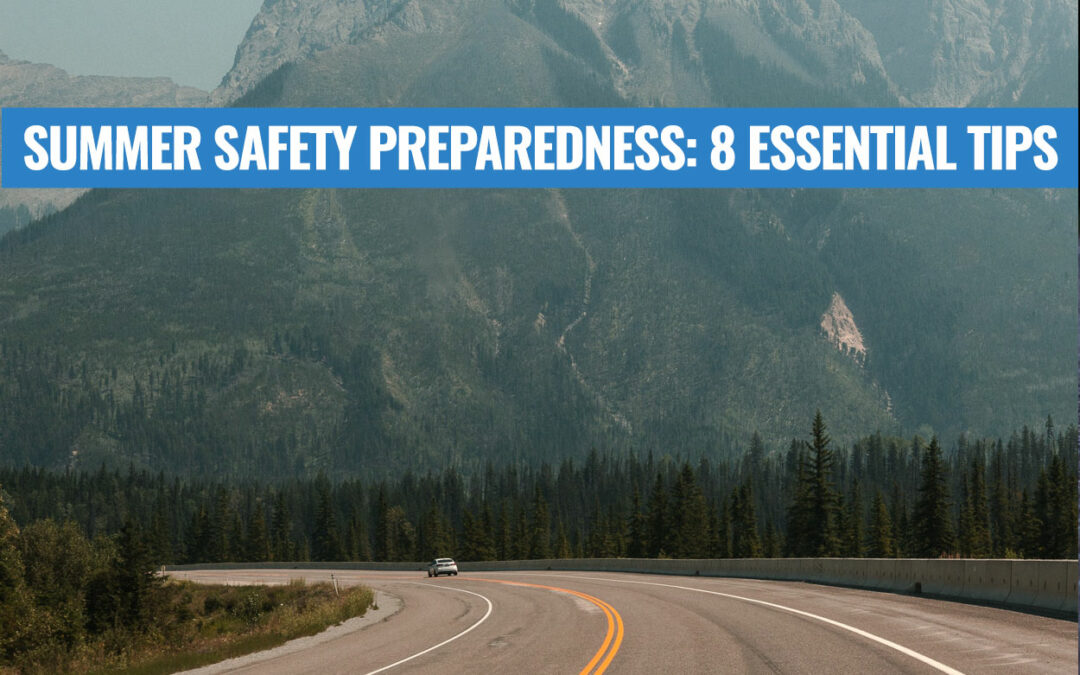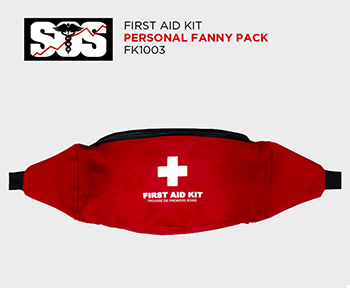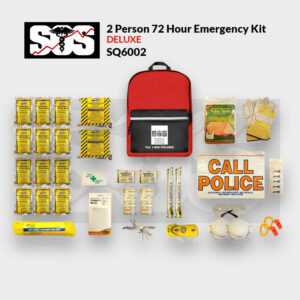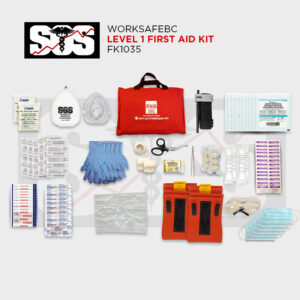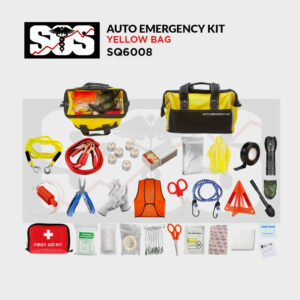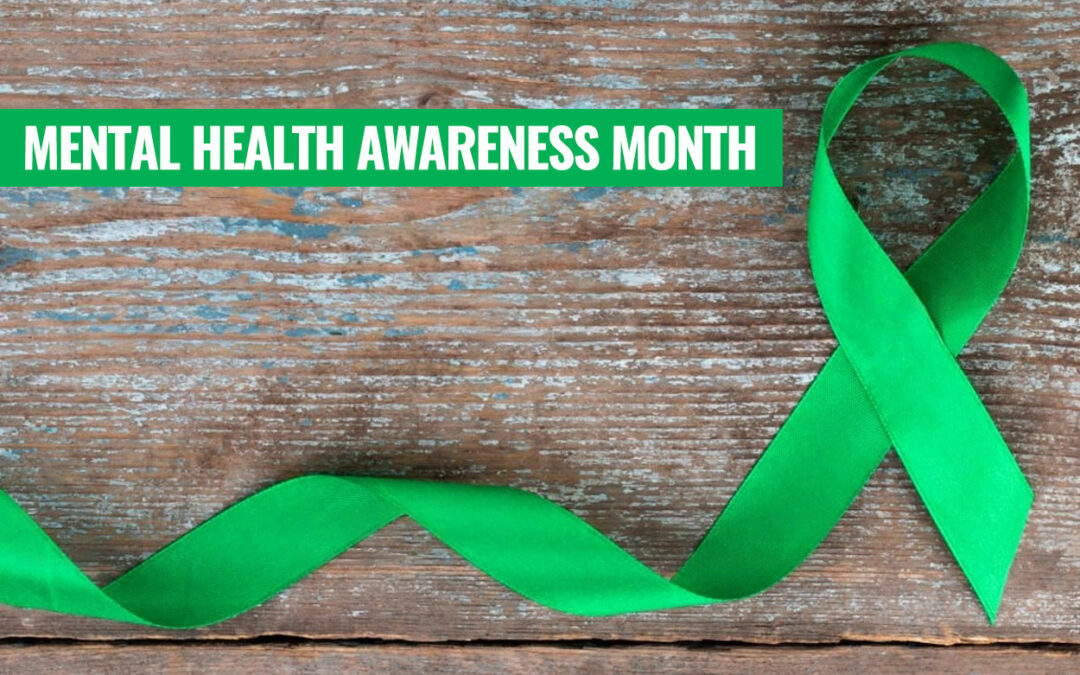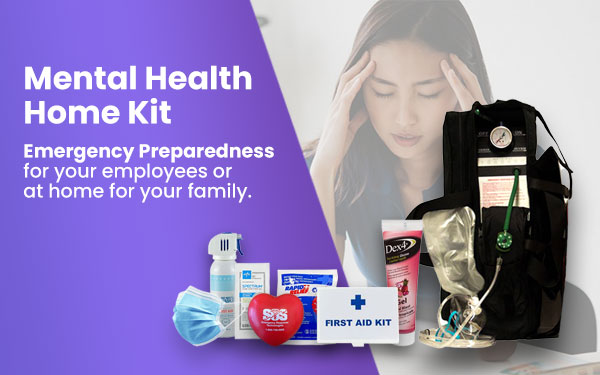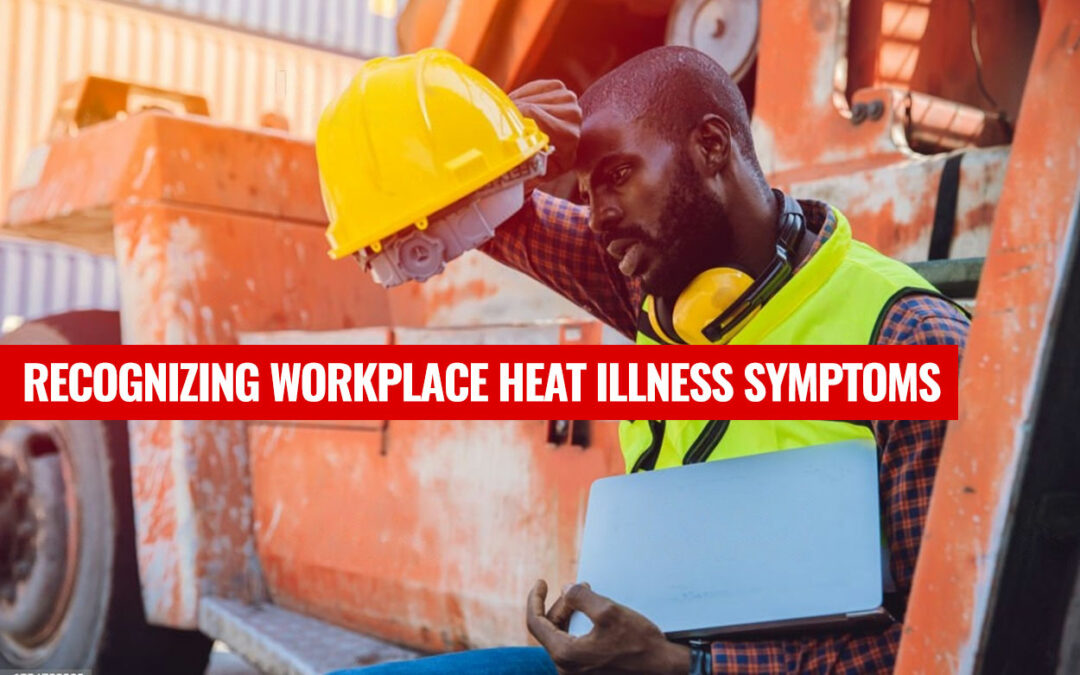
5 Tips to Recognize Workplace Heat Illness Symptoms
5 Tips to Recognize Workplace Heat Illness Symptoms
Workplace Heat Illness is a serious concern in workplaces, especially those exposed to high temperatures and humidity. It is crucial for both employers and employees to be aware of the symptoms of heat illness and understand how to respond effectively with first aid. By recognizing these symptoms early and providing appropriate care, we can prevent severe complications and potentially save lives. In this article, we will explore the common workplace heat Illness symptoms of heat illness, how to identify them, the importance of first aid training, and strategies for prevention.Common Workplace Heat Illness Symptoms
Heat Cramps
Heat cramps are often the first sign of heat illness. They manifest as painful muscle spasms, typically in the legs, arms, or abdomen. These cramps can be intense and may occur during or after physical activity in a hot environment. It is essential to address heat cramps promptly to prevent them from progressing to more severe conditions.
Heat Exhaustion
Heat exhaustion occurs when the body’s cooling mechanisms become overwhelmed by excessive heat and dehydration. Common symptoms include profuse sweating, dizziness, headache, nausea, rapid heartbeat, and cool, moist skin. Heat exhaustion can be a precursor to heat stroke if left untreated, making it crucial to intervene promptly.
Heat Stroke
Heat stroke is the most severe form of heat illness and is a medical emergency. It happens when the body’s core temperature rises to dangerous levels, leading to organ dysfunction. Symptoms may include confusion, seizures, loss of consciousness, hot and dry skin (or sometimes sweaty), and a rapid, strong pulse. Heat stroke requires immediate medical attention and can be fatal if not treated urgently.
Identifying Workplace Heat Illness Symptoms
Recognizing the symptoms of heat illness is vital for early intervention. Prompt identification allows for timely first aid and prevents the condition from worsening. Both physical and behavioral signs can indicate the presence of heat illness.
Physical signs include flushed skin, excessive sweating, pale or clammy skin, rapid breathing, and an elevated heart rate. Observing an individual’s physical condition can provide valuable insight into their well-being.
Behavioral signs may include confusion, irritability, disorientation, fatigue, weakness, and slurred speech. Changes in behavior can indicate that a person is experiencing heat illness and requires immediate attention.
Responding to Workplace Heat Illness
When someone exhibits symptoms of heat illness, it is crucial to take immediate action. The following steps should be taken to provide appropriate first aid:
- Move the affected individual to a cool and shaded area.
- Loosen or remove excessive clothing to facilitate heat dissipation.
- Encourage them to drink cool water or a sports drink with electrolytes, if conscious and able to swallow.
- Apply cool water or wet towels to the skin to promote cooling.
- Use fans or other means to increase air circulation.
- Monitor their condition and seek medical help if symptoms worsen or do not improve.
Immediate response is vital because heat illness can progress rapidly, especially in the case of heat stroke. Contacting emergency services or a healthcare professional should be considered if the symptoms are severe or if there is no improvement after implementing first aid measures.
Importance of First Aid Training
First aid training plays a critical role in responding effectively to heat illness and other emergencies. By providing employees with the necessary skills and knowledge, workplaces can enhance safety and ensure a quick response when needed.
- Benefits of first aid training include:
- Enhancing workplace safety: Trained employees can identify and address heat illness promptly, reducing the risk of severe complications and accidents.
- Empowering employees: First aid training instills confidence and empowers individuals to take action in emergency situations, potentially saving lives.
- Prompt and effective response: With proper training, employees can provide appropriate first aid measures while waiting for professional medical assistance.
Prevention Strategies
First aid training plays a critical role in responding effectively to heat illness and other emergencies. By providing employees with the necessary skills and knowledge, workplaces can enhance safety and ensure a quick response when needed.
Prevention is key to minimizing the risk of heat illness in the workplace. Employers and employees should work together to implement the following strategies:
- Hydration: Encourage frequent hydration by providing access to cool water and reminding employees to drink fluids regularly.
- Rest breaks: Schedule regular rest breaks in cool areas to allow employees to recover and cool down.
- Protective equipment: Provide appropriate personal protective equipment (PPE) that is both heat-resistant and breathable.
- Heat stress management: Implement measures to reduce heat exposure, such as adjusting work schedules, providing shade, or using cooling fans or air conditioning.
By adopting these prevention strategies, workplaces can create a safer environment and minimize the risk of heat-related illnesses.
Recognizing the symptoms of heat illness in the workplace is crucial for maintaining a safe and healthy work environment. By promptly identifying the signs of heat illness and providing first aid, we can prevent the condition from escalating and protect the well-being of employees. Additionally, first aid training plays a significant role in equipping individuals with the skills and confidence to respond effectively in emergency situations. Remember, prevention is key, and by implementing strategies to reduce heat exposure, we can mitigate the risk of heat illness. Stay vigilant, prioritize safety, and promote a culture of well-being in the workplace.
FAQs (Frequently Asked Questions)
Why is it important to recognize heat illness symptoms in the workplace?
Recognizing heat illness symptoms is crucial because it allows for early intervention and prevents the condition from worsening. Timely recognition can save lives and minimize the risk of severe complications.
What are the common signs of heat exhaustion?
Common signs of heat exhaustion include profuse sweating, dizziness, headache, nausea, rapid heartbeat, and cool, moist skin. If someone exhibits these symptoms, it is essential to take immediate action.
How can first aid training benefit employees?
First aid training empowers employees with the skills and knowledge to respond effectively in emergencies, including heat illness. It enhances workplace safety, instills confidence, and enables prompt and appropriate response when needed.
What steps can be taken to prevent heat illness?
Prevention strategies for heat illness include staying hydrated, taking regular rest breaks in cool areas, providing heat-resistant and breathable protective equipment, and implementing heat stress management measures such as adjusting work schedules and providing shade.
Where can I find reliable first aid training programs?
Right here at SOS Emergency Response Technologies! We provide reliable first aid training programs through recognized organizations such as the Red Cross, local healthcare providers, or occupational health and safety institutions. Ensure that the training programs are accredited and aligned with industry standards.
SOS Emergency Response Technologies
First Aid Supplies
First Aid Training for:
Alberta
British Columbia
For more information you can go to the CCOHS website.

